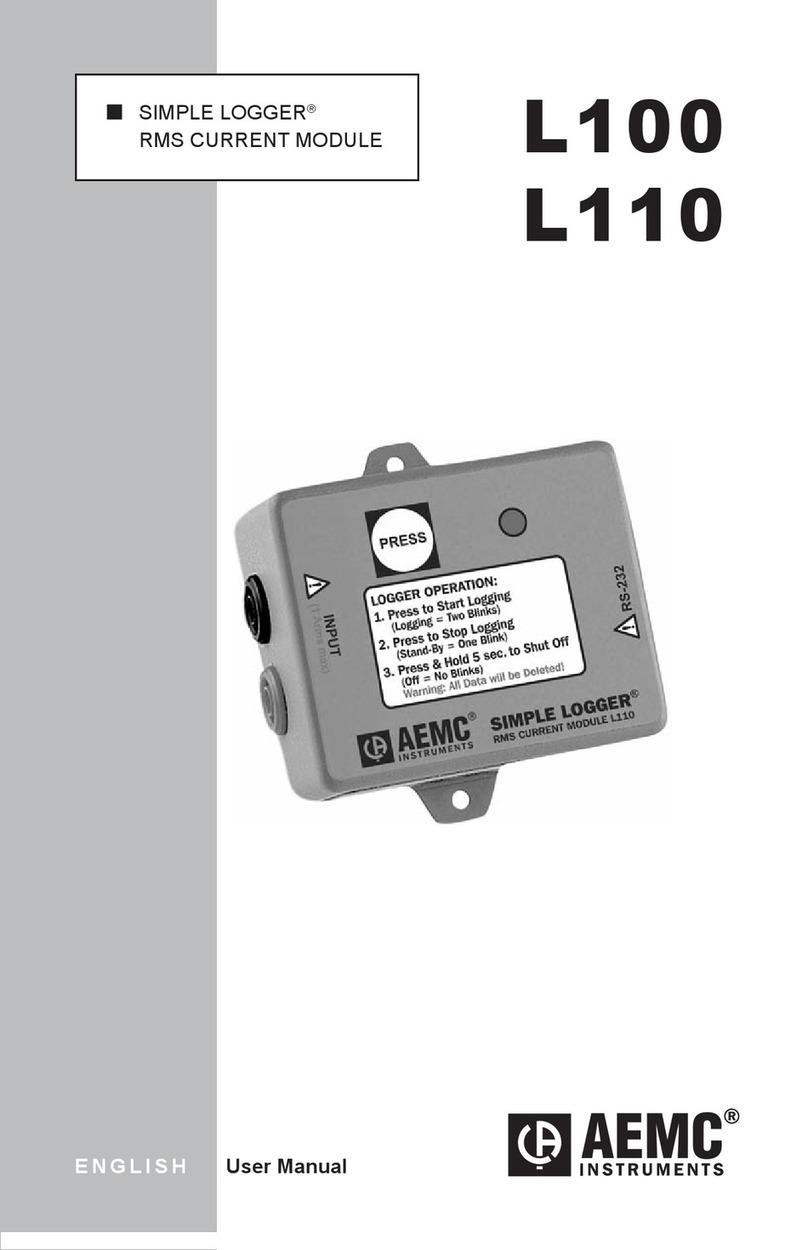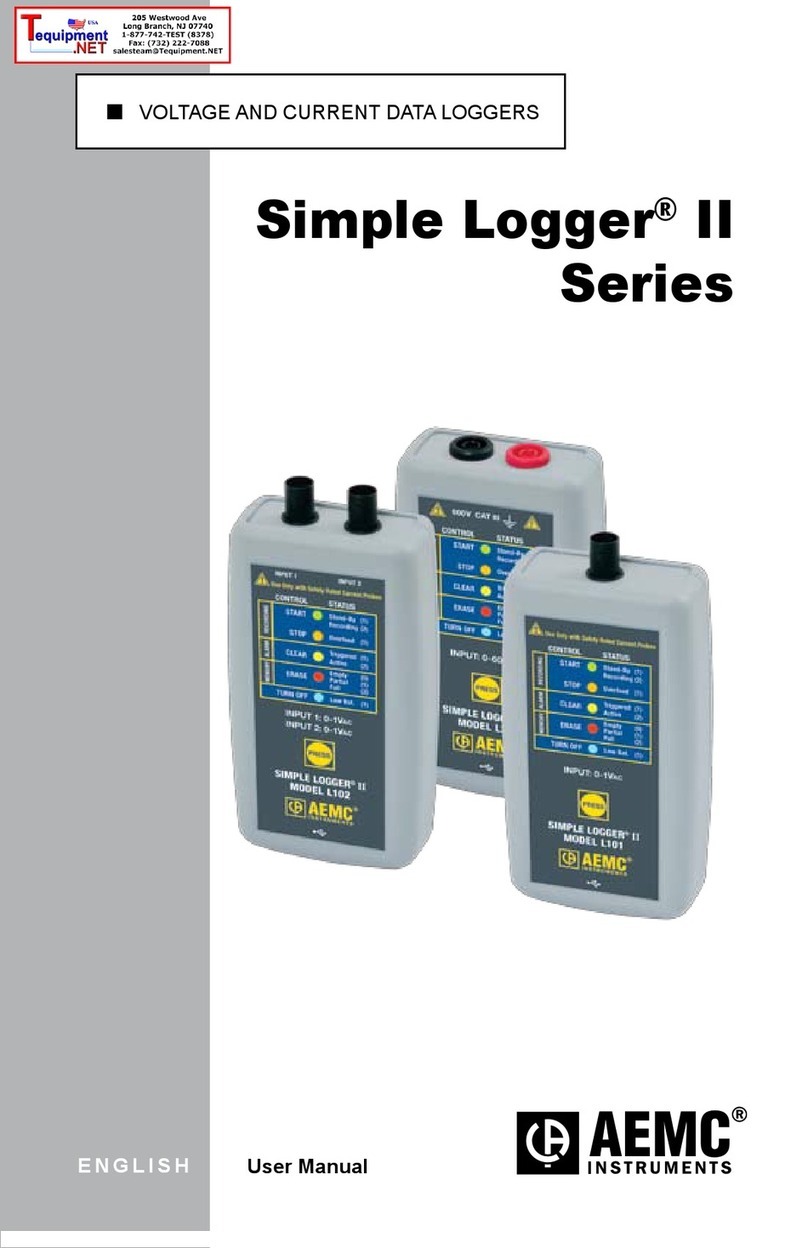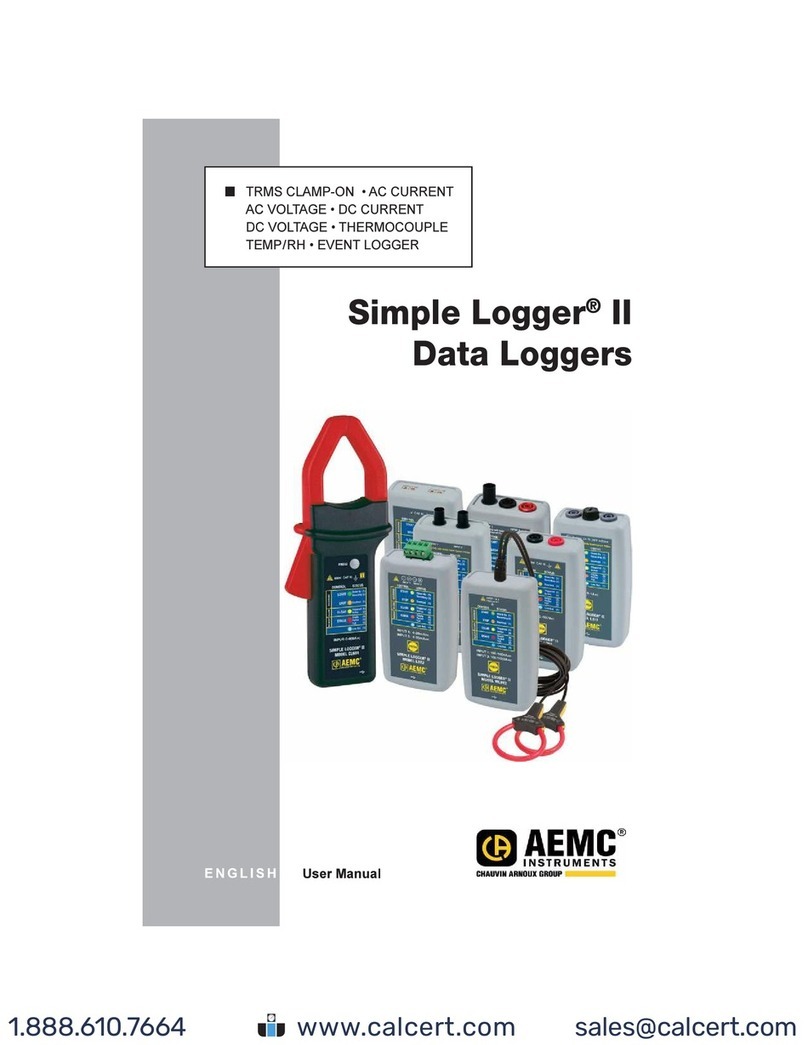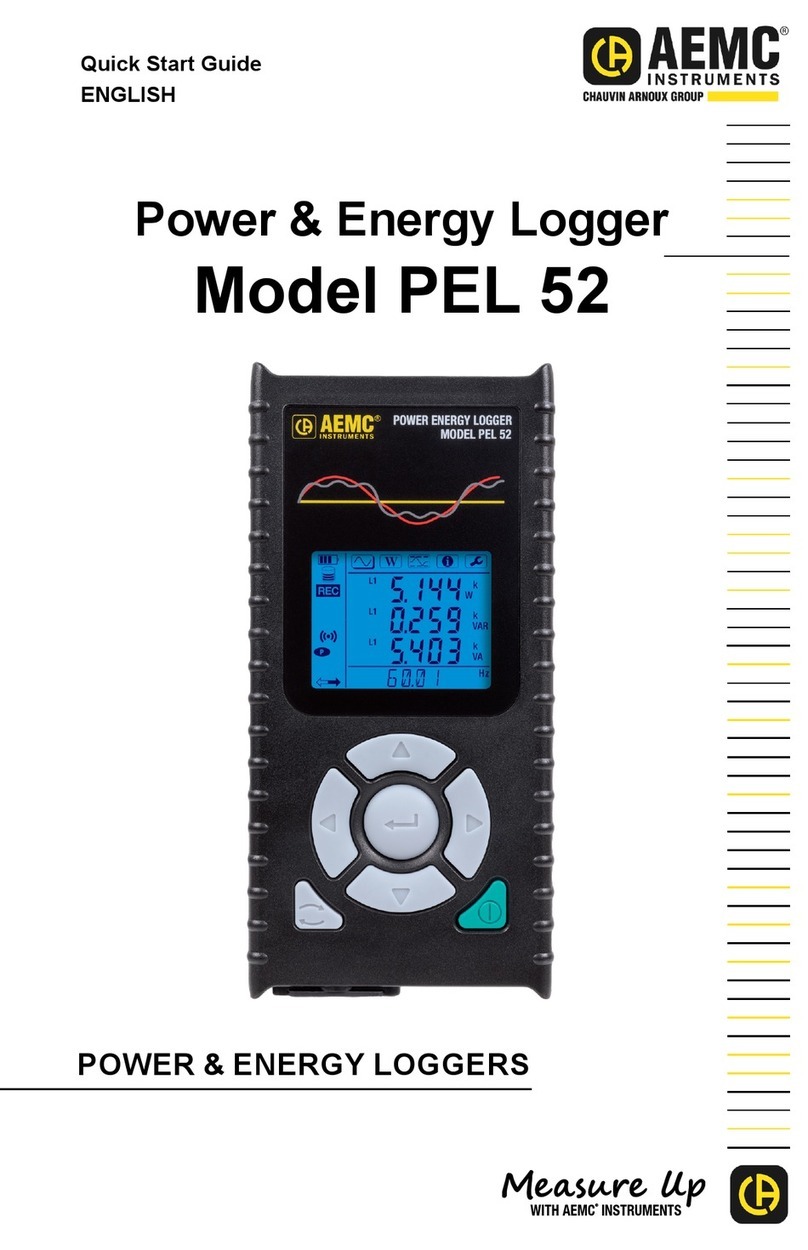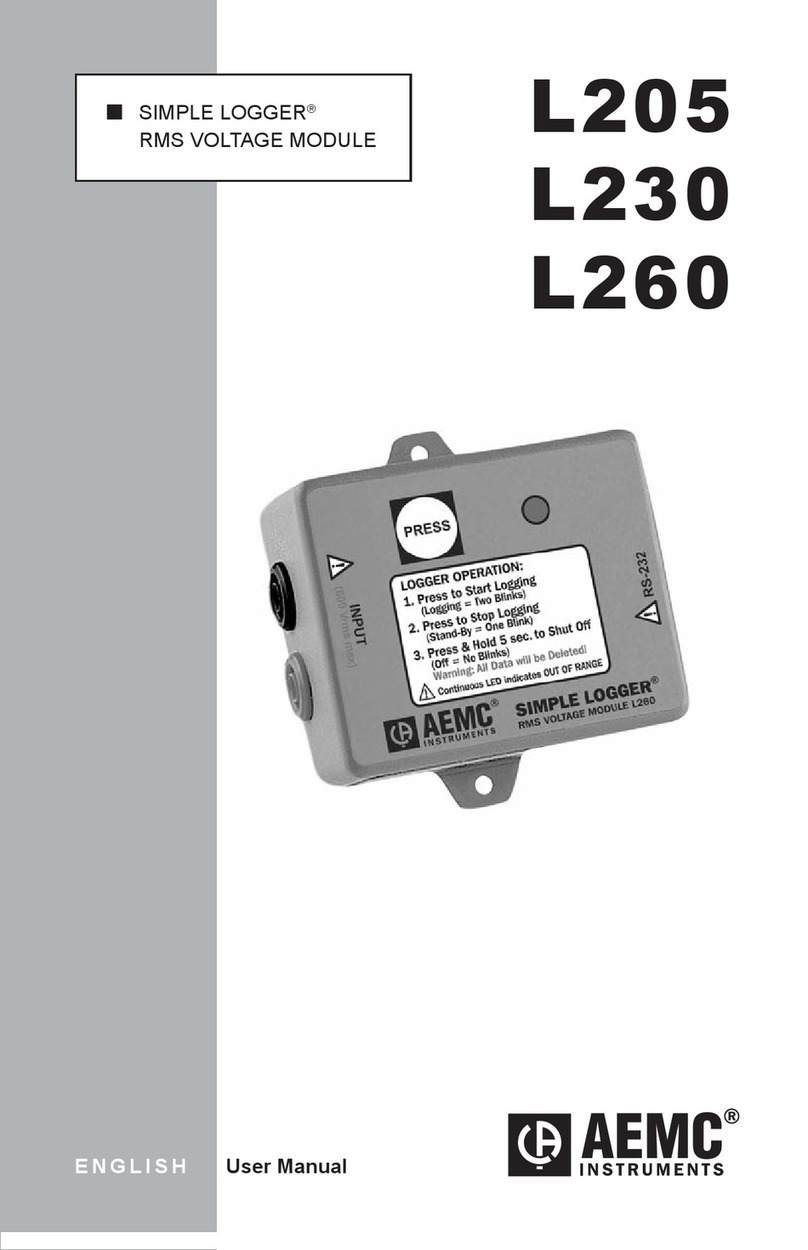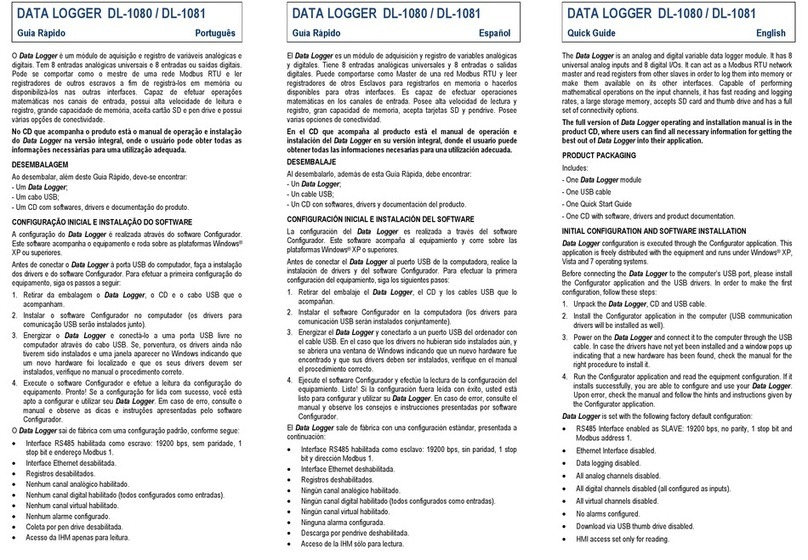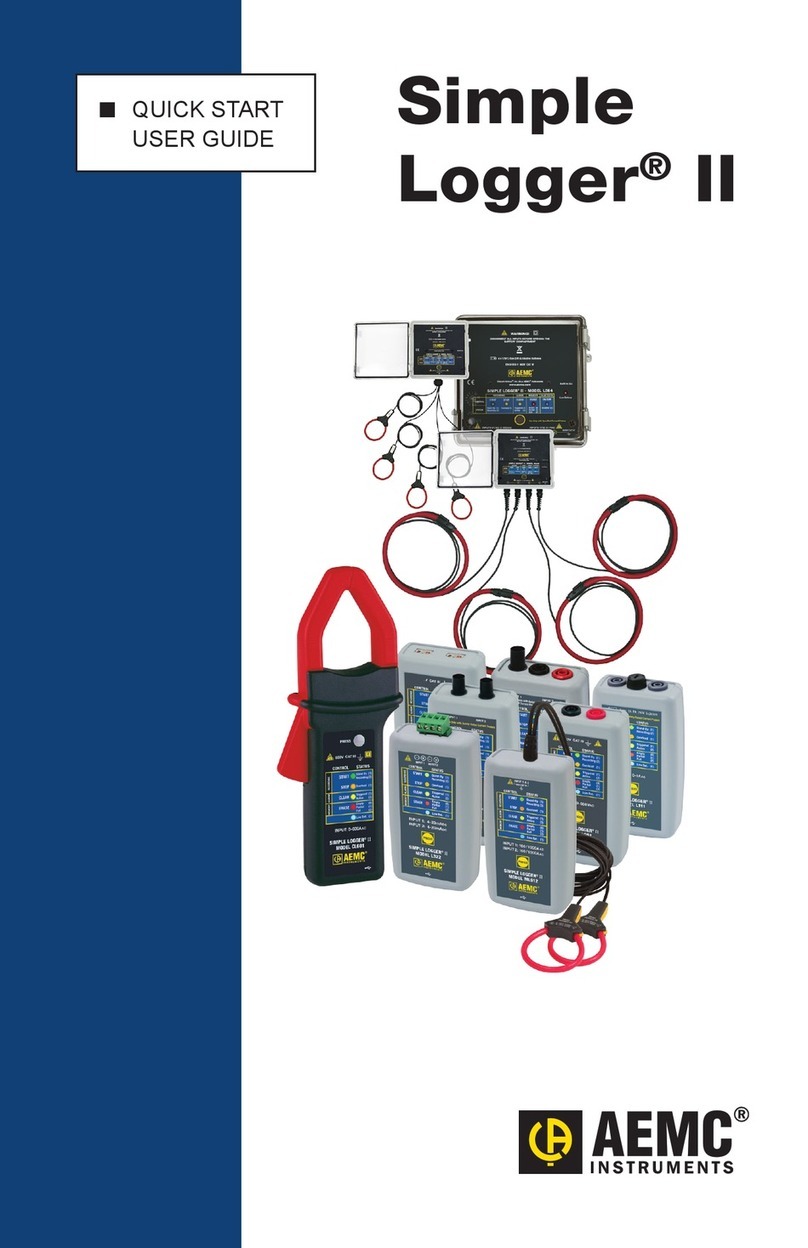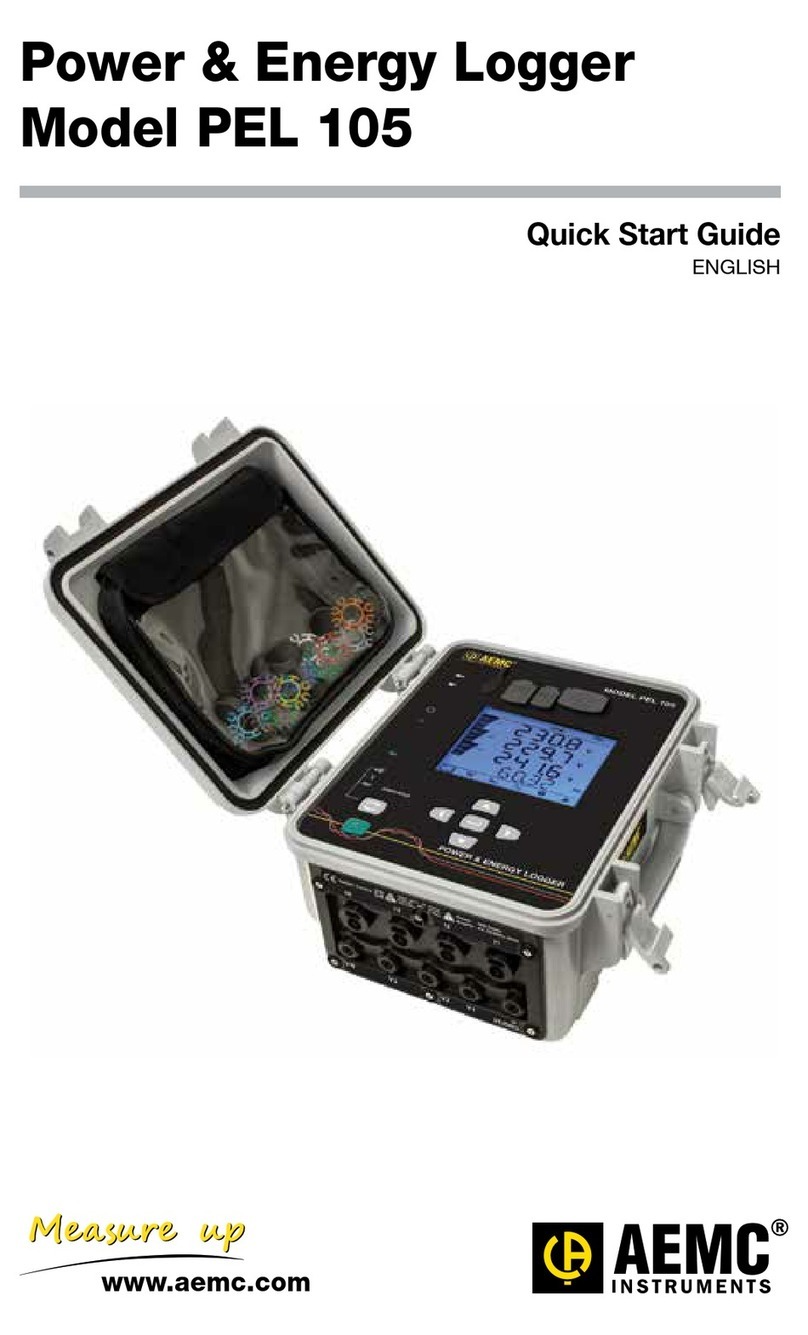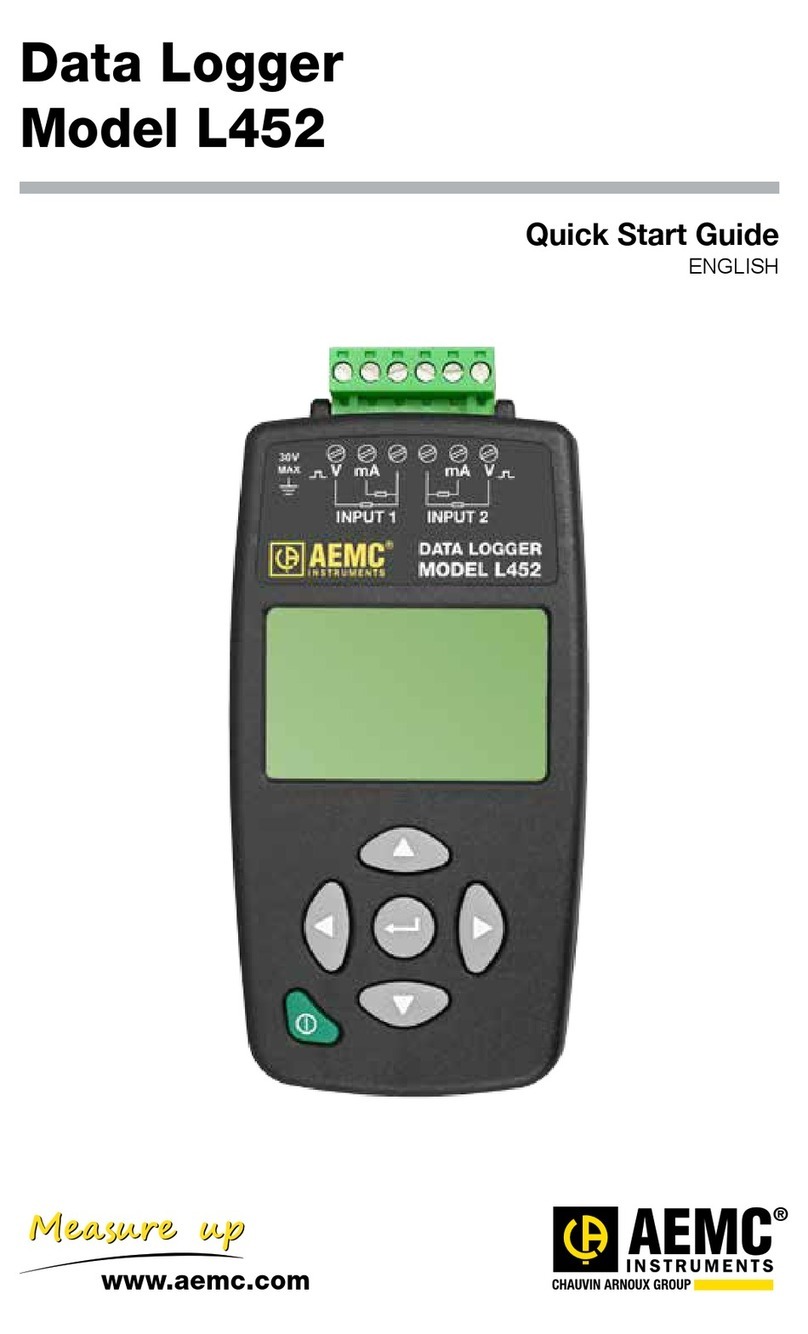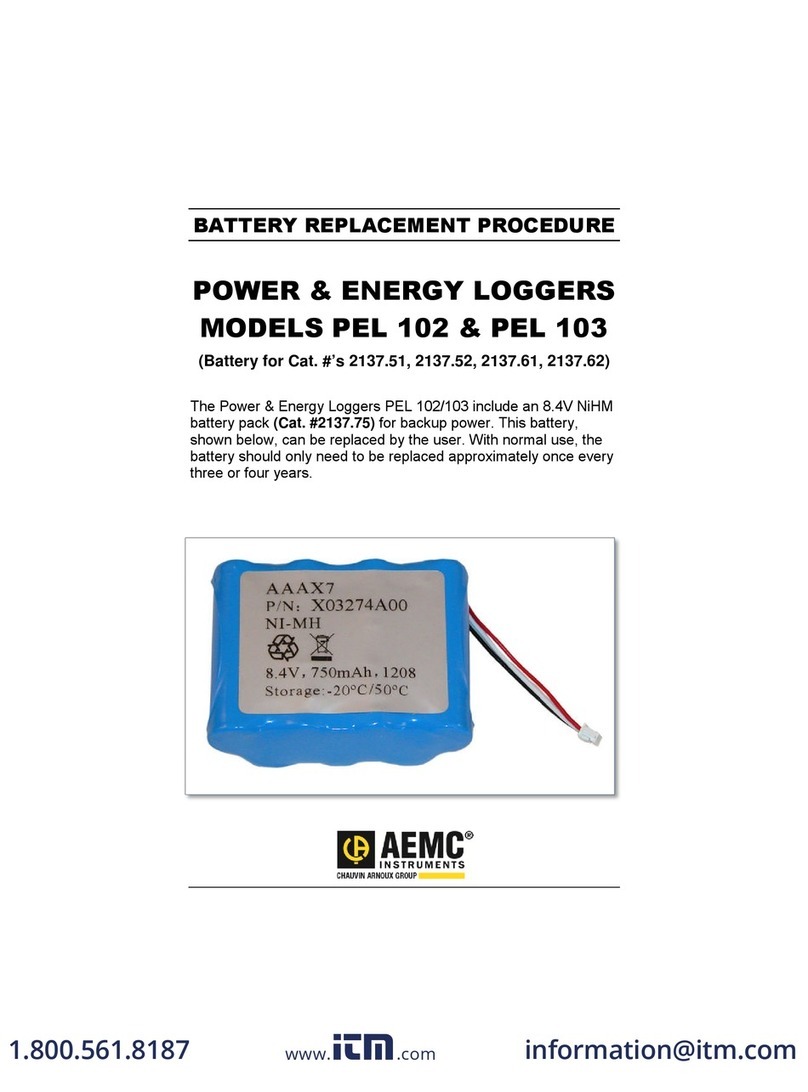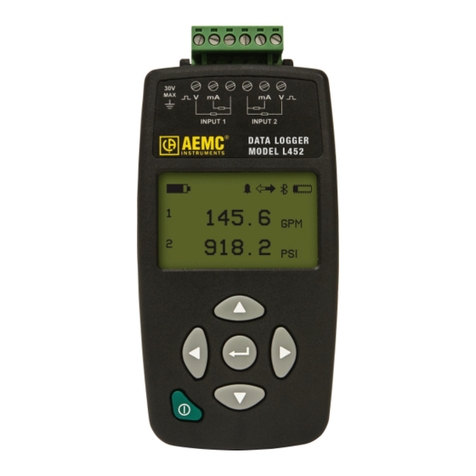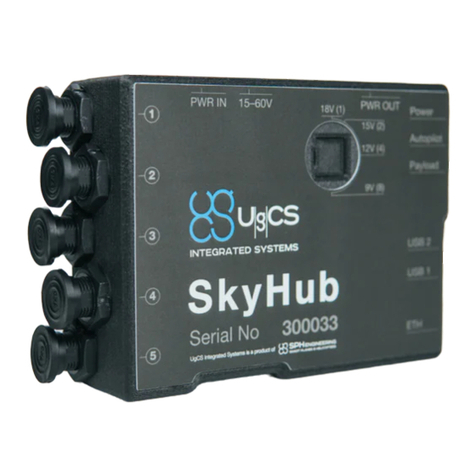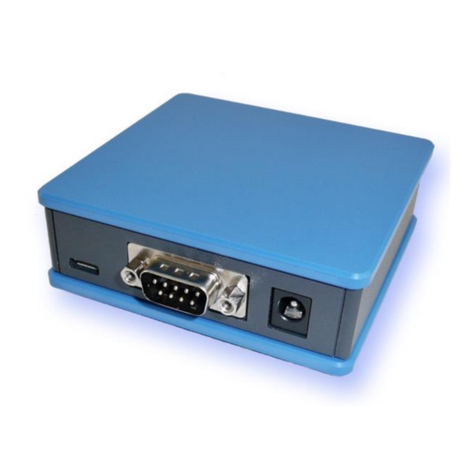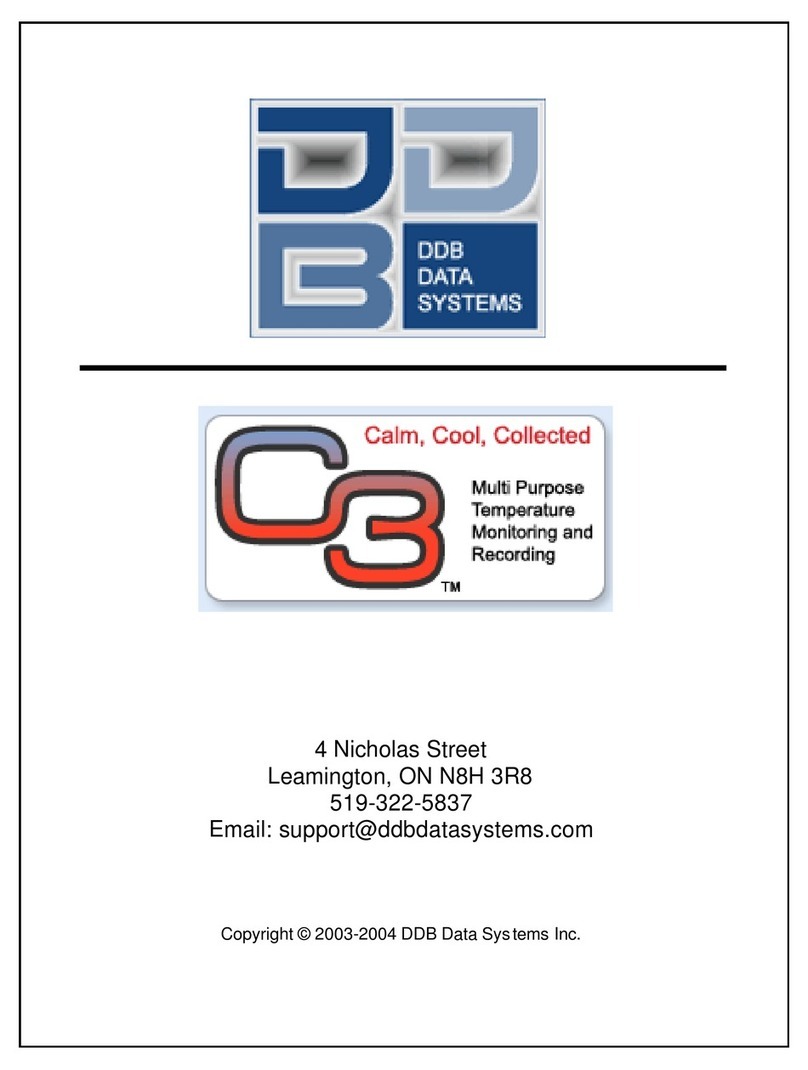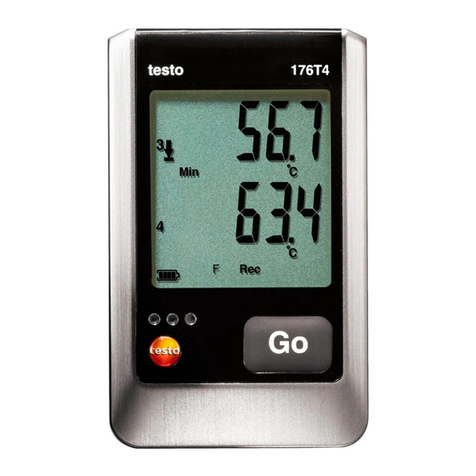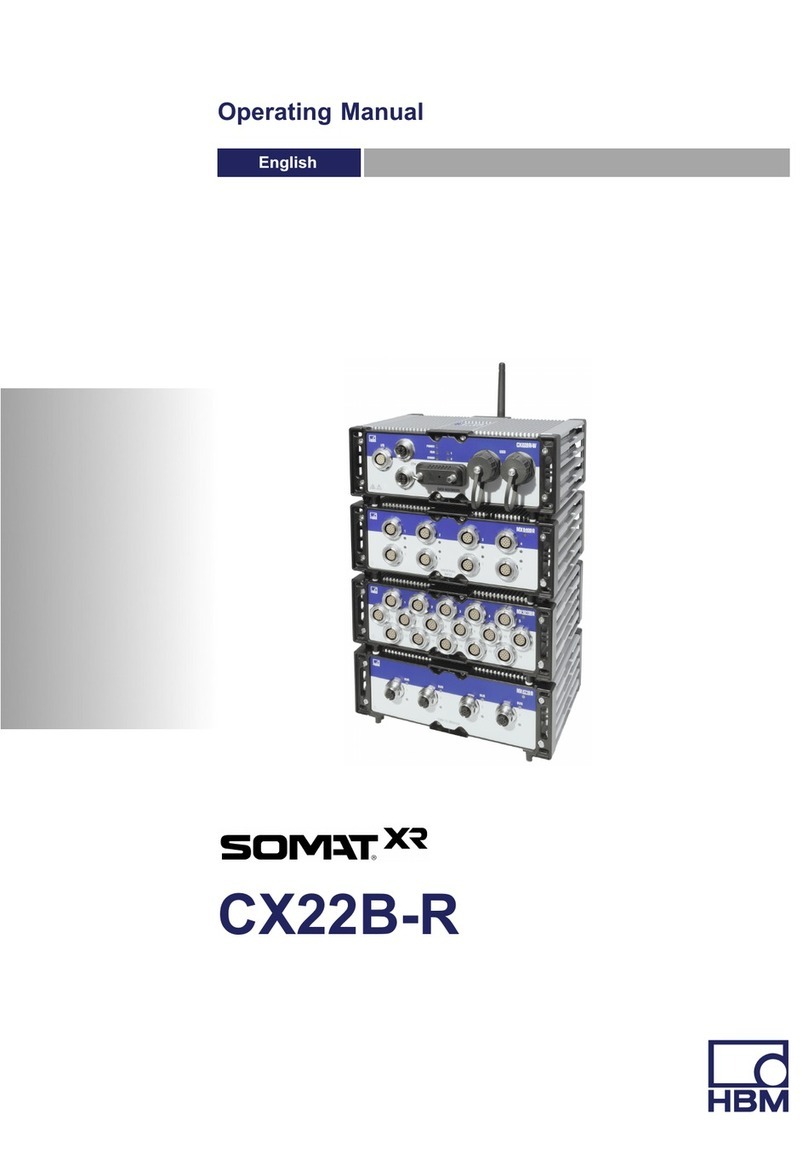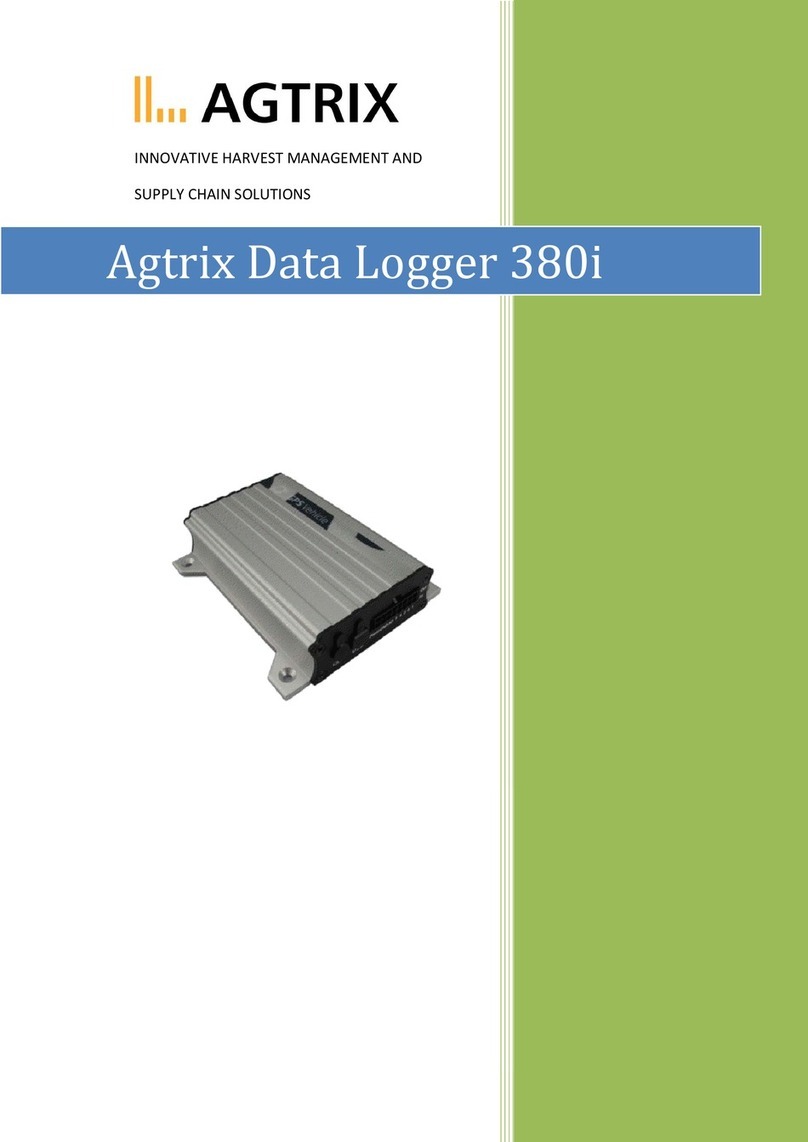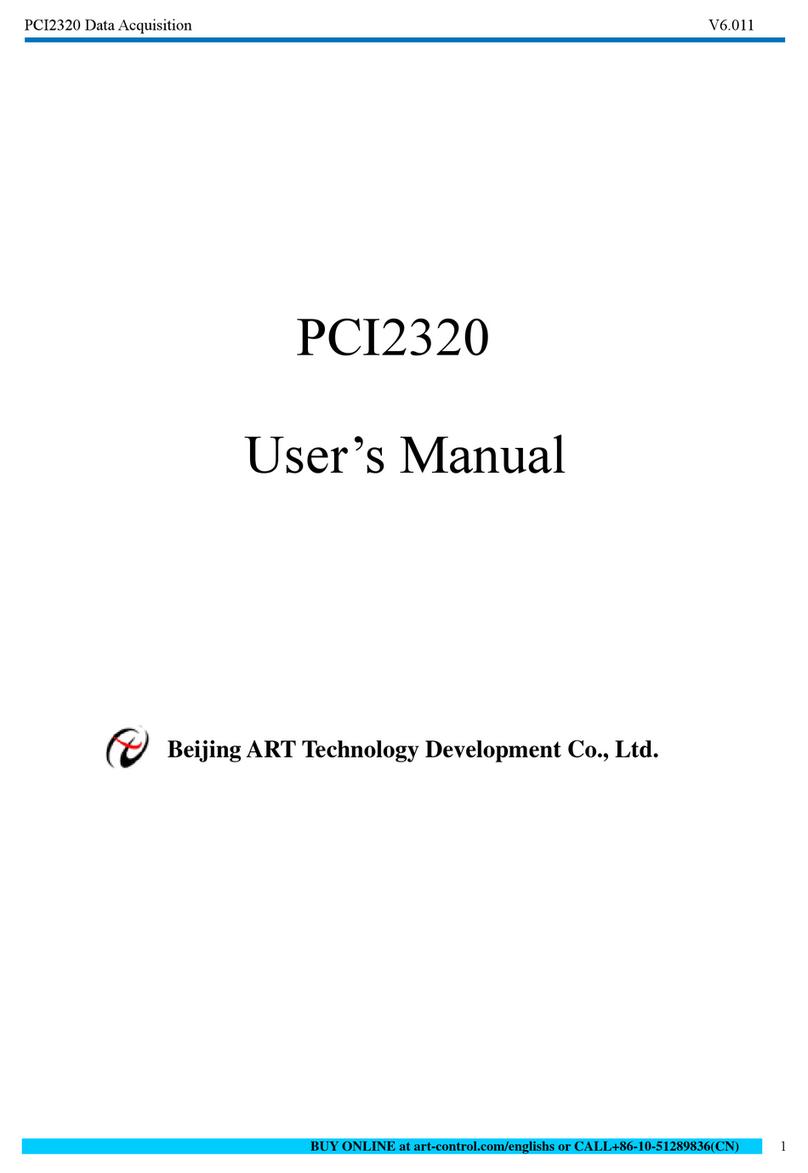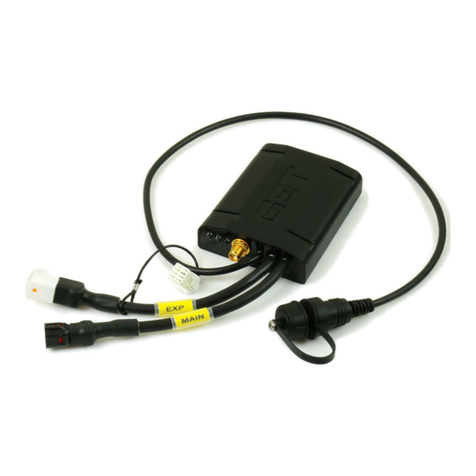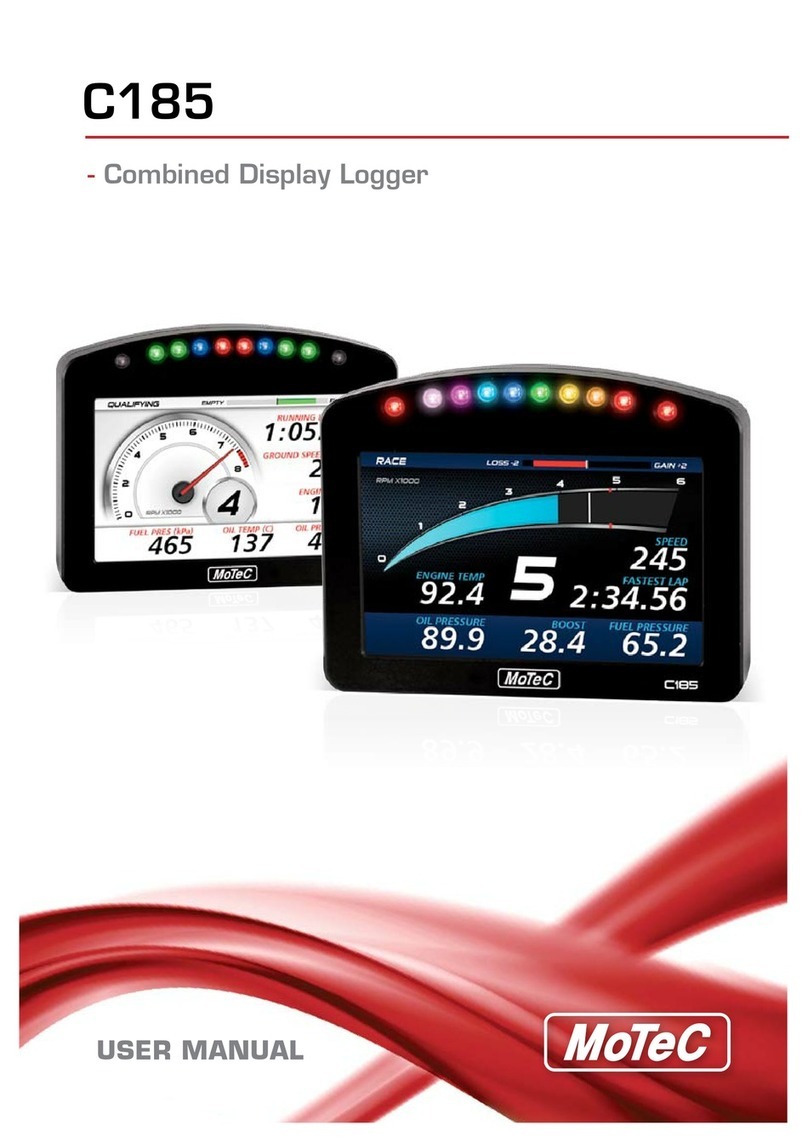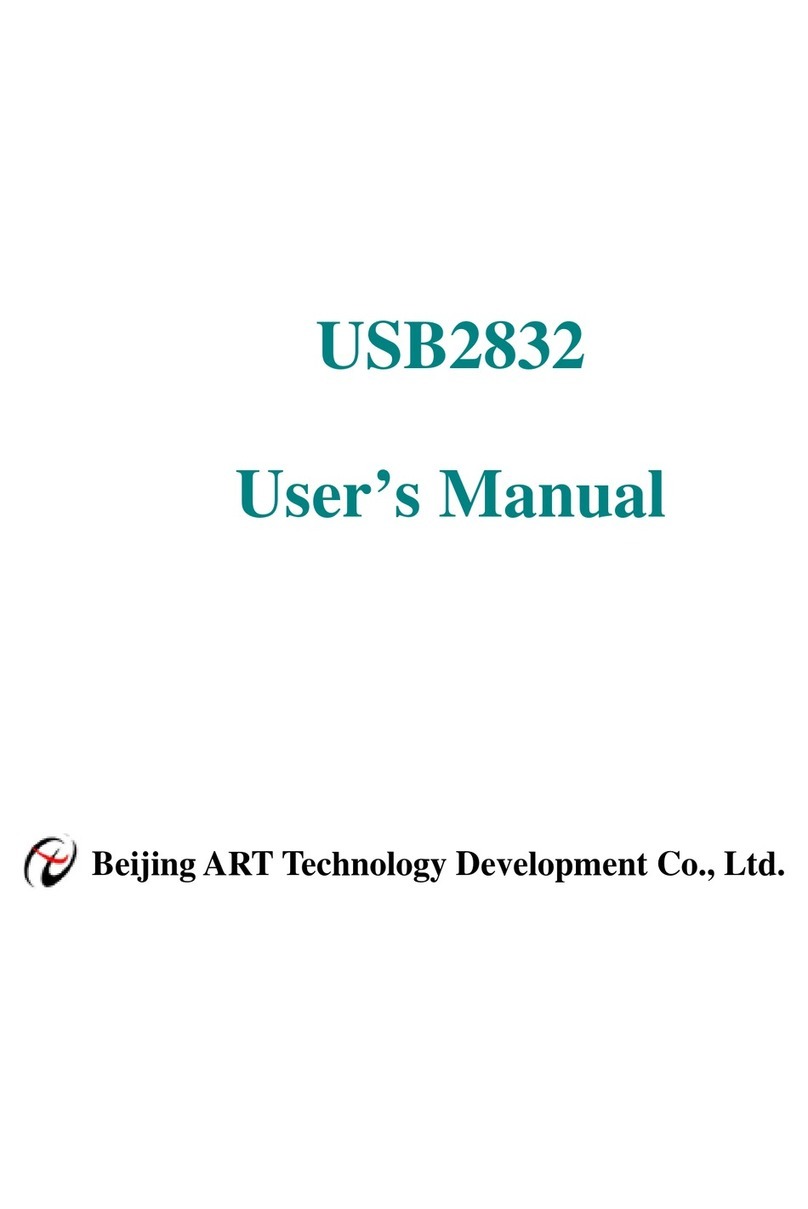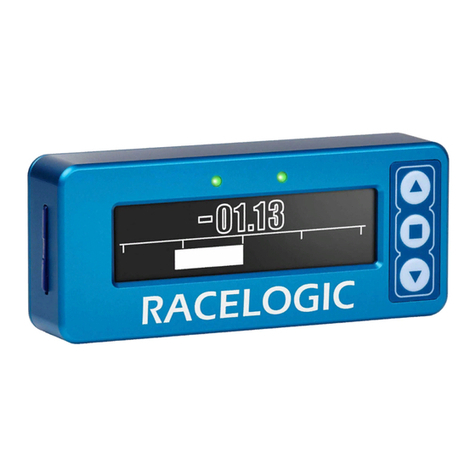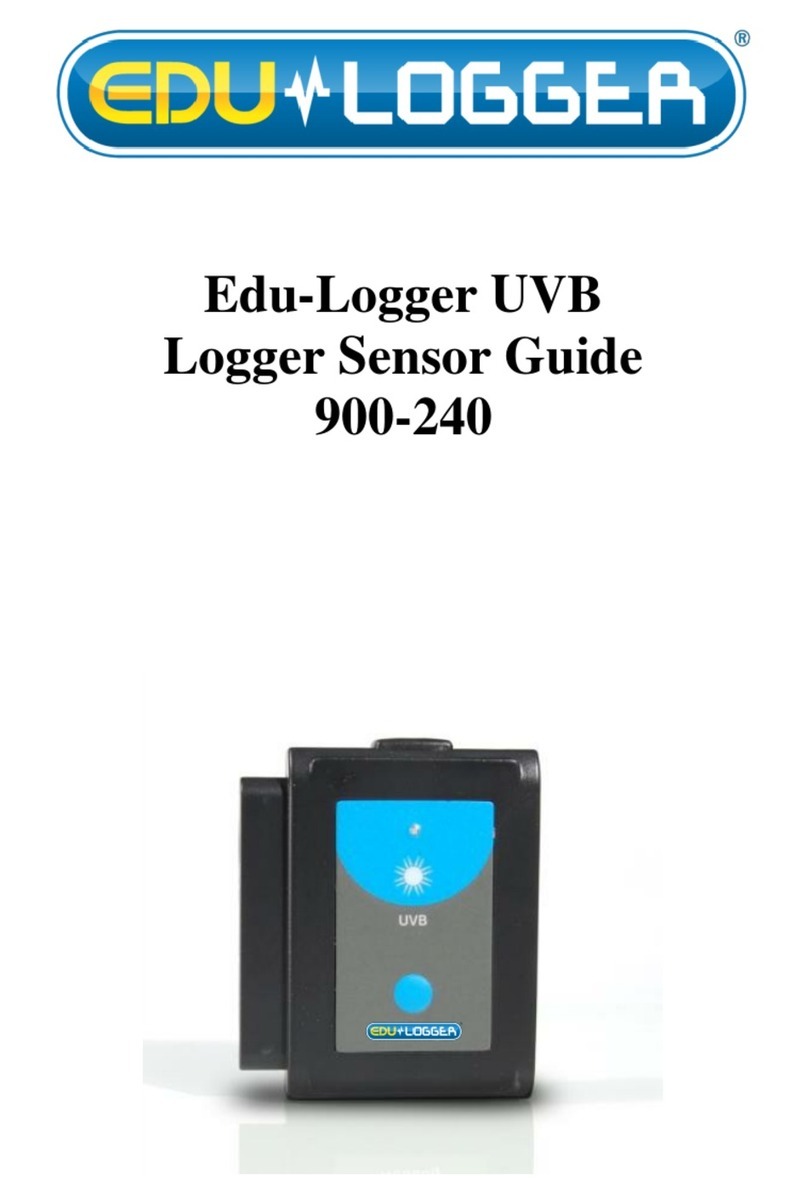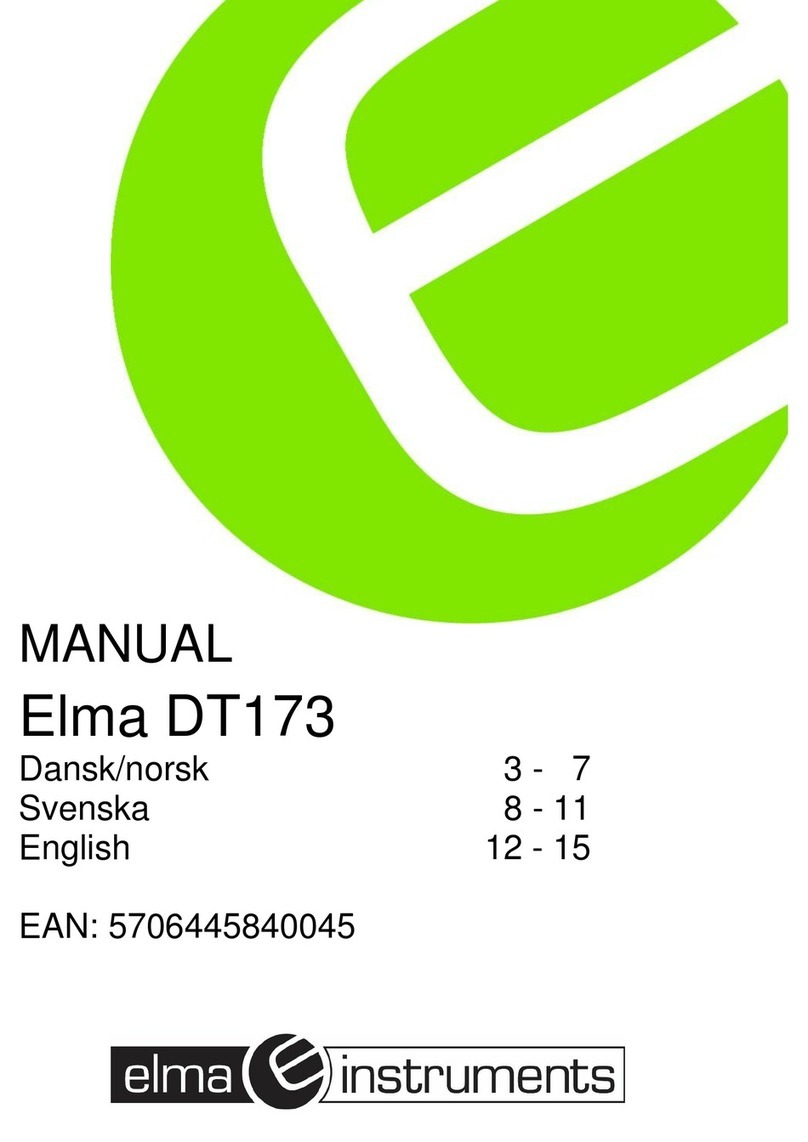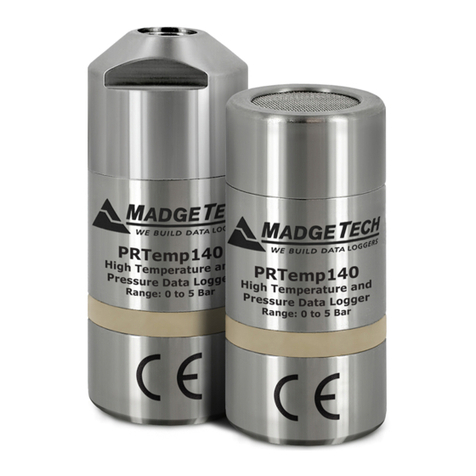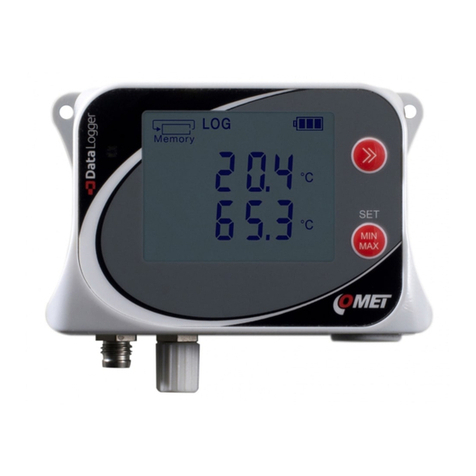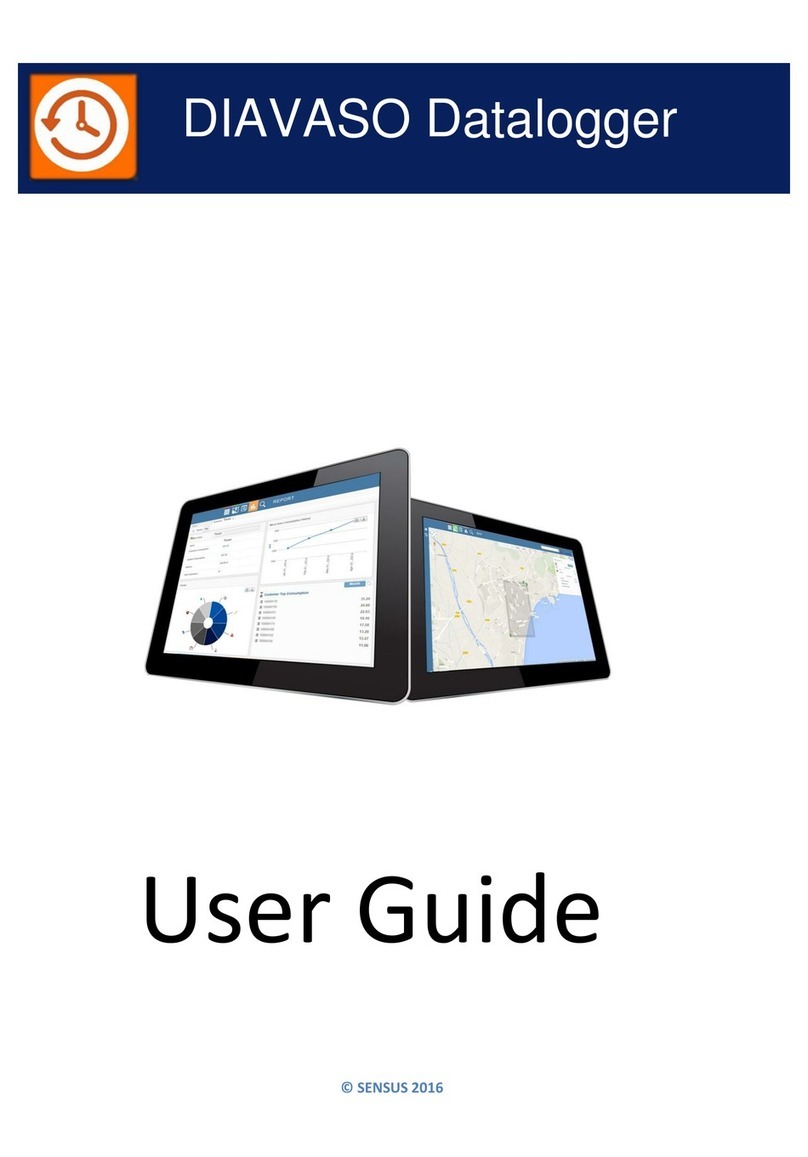
4
Power & Energy Logger Model PEL 102 and PEL 103
5. SPECIFICATIONS ......................................................................................................... 70
5.1 Reference Conditions............................................................................................................................................70
5.2 Electrical Specifications ........................................................................................................................................70
5.2.1 Voltage Inputs ............................................................................................................................................70
5.2.2 Current Inputs ............................................................................................................................................70
5.2.3 Accuracy Specifications (excluding current sensors) ................................................................................71
5.2.4 Current Sensors .........................................................................................................................................74
5.2.4.1 Precautions for Use ...........................................................................................................................74
5.2.4.2 Use and Characteristics.....................................................................................................................74
5.2.4.3 MiniFlex®MA193................................................................................................................................74
5.2.4.4 Other Current Sensors .......................................................................................................................74
5.2.4.5 Accuracy ............................................................................................................................................76
5.3 Power Supply ........................................................................................................................................................76
5.4 Mechanical Specifications ....................................................................................................................................77
5.5 Environmental Specifications ................................................................................................................................77
5.6 Safety Specifications.............................................................................................................................................77
5.7 Electromagnetic Compatibility ..............................................................................................................................77
6. MAINTENANCE ............................................................................................................. 78
6.1 Battery...................................................................................................................................................................78
6.2 Battery Indicator....................................................................................................................................................78
6.3 Changing the Battery ............................................................................................................................................78
6.4 Cleaning ................................................................................................................................................................79
6.5 Repair and Calibration...........................................................................................................................................79
6.6 Technical and Sales Assistance ............................................................................................................................79
6.7 Updating Software & Firmware .............................................................................................................................79
6.8 Limited Warranty ...................................................................................................................................................80
6.9 Warranty Repairs...................................................................................................................................................80
APPENDIX A...................................................................................................................... 81
A.1 Measurements ......................................................................................................................................................81
A.1.1 Definition....................................................................................................................................................81
A.1.2 Sampling....................................................................................................................................................81
A.1.2.1 Sampling Period ................................................................................................................................81
A.1.2.2 Locking of Sampling Frequency........................................................................................................82
A.1.2.3 AC/DC................................................................................................................................................82
A.1.2.4 Measurement of Neutral Current .......................................................................................................82
A.1.2.5 “1 second” Quantities........................................................................................................................82
A.1.2.6 Aggregation .......................................................................................................................................82
A.1.2.7 Min and Max......................................................................................................................................82
A.1.2.8 Energy Calculations...........................................................................................................................83
A.2 Measurement Formulas ........................................................................................................................................83
A.3 Aggregation...........................................................................................................................................................84
A.4 Supported Electrical Networks .............................................................................................................................86
A.5 Quantities According to the Supply Systems .......................................................................................................88
A.6 GLOSSARY OF TERMS ........................................................................................................................................91
www.GlobalTestSupply.com
Find Quality Products Online at: sales@GlobalTestSupply.com
